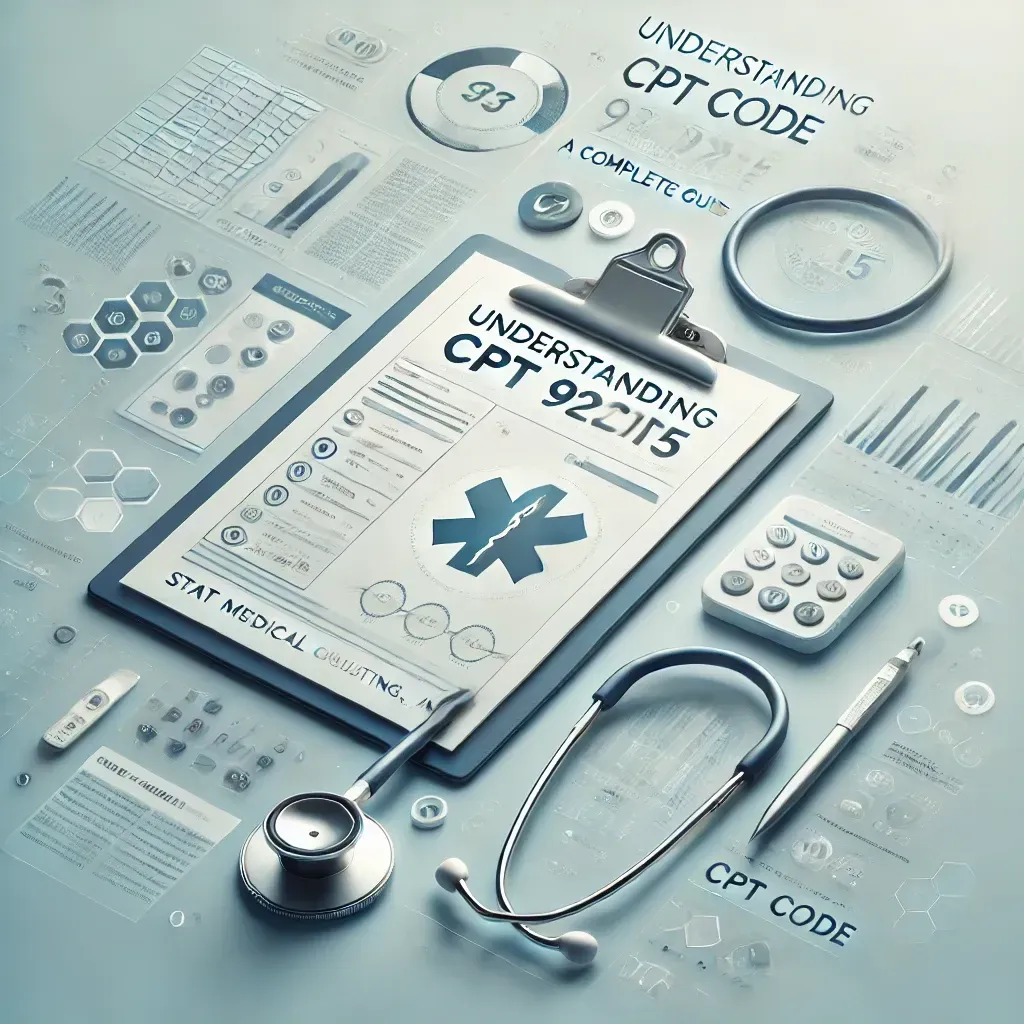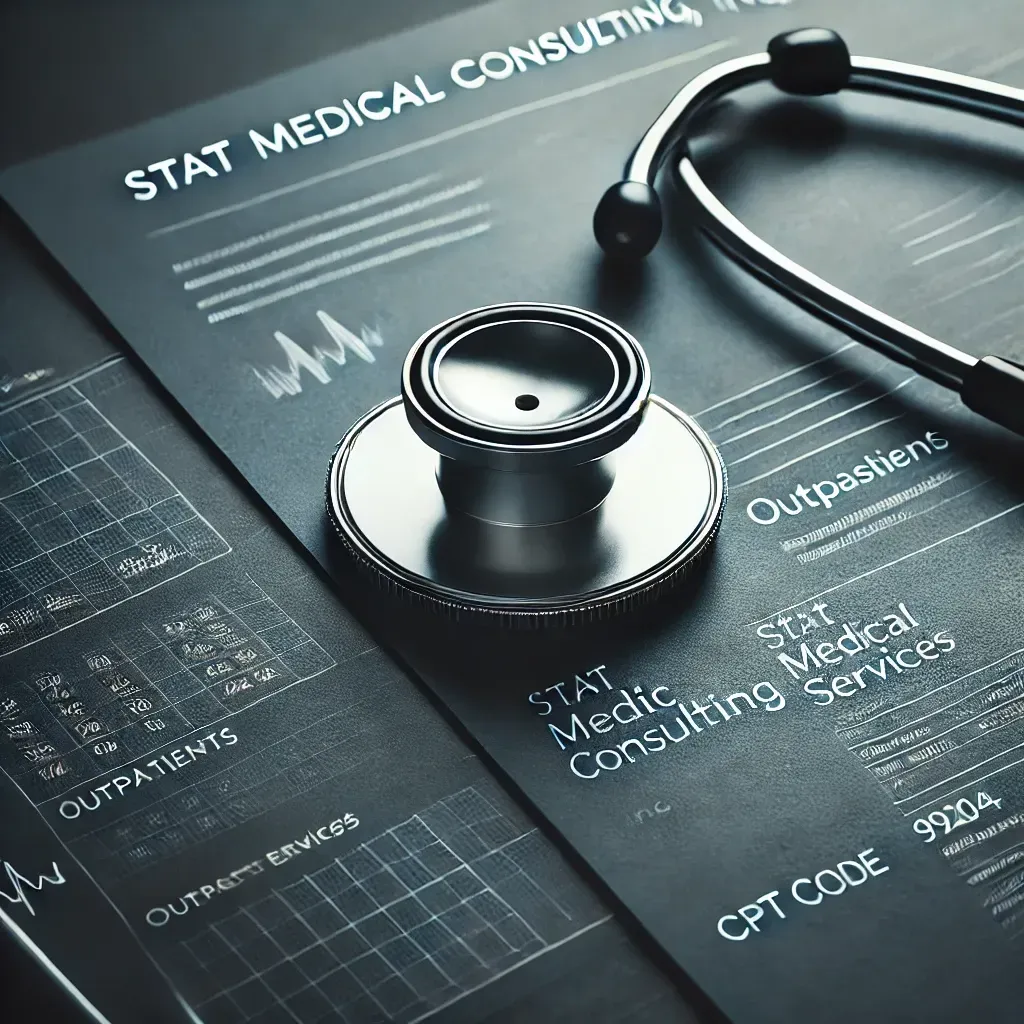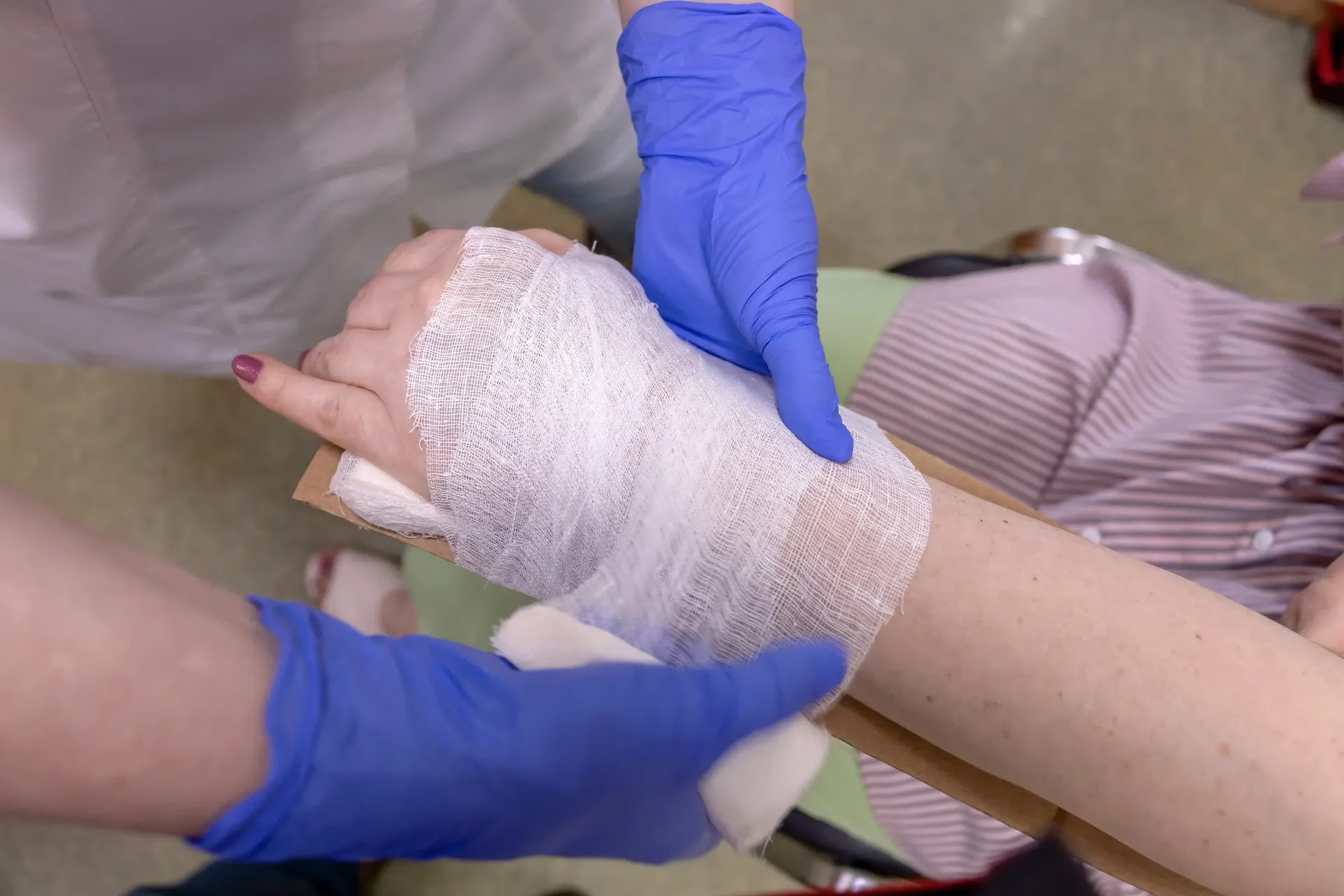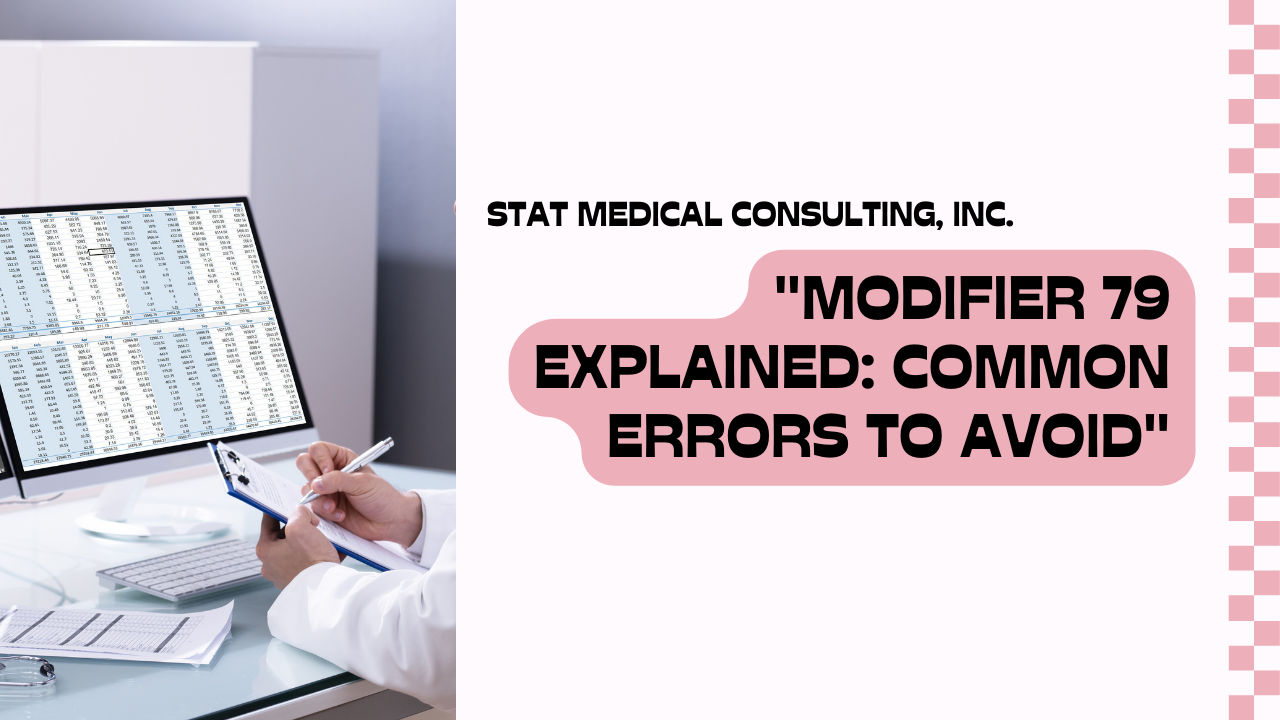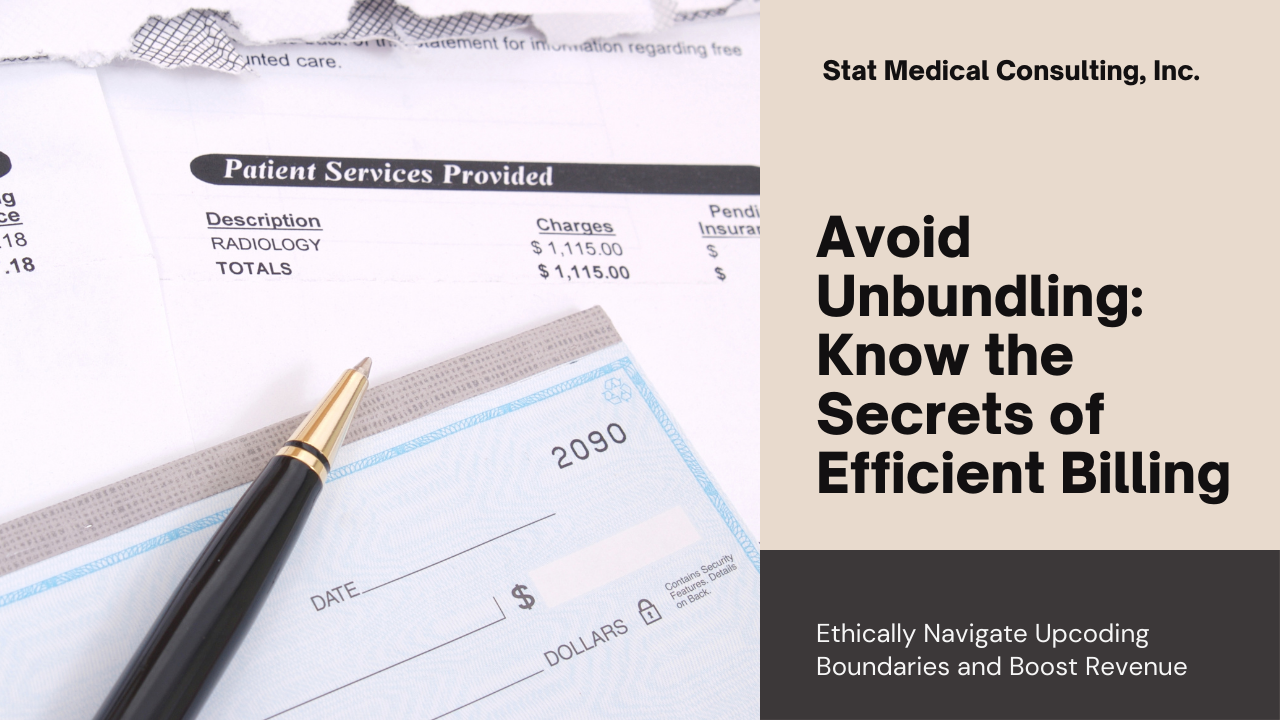TEL: (818) 907-7828 | EMAIL: sharon@statmedical.net
Bi-Directional APIs: Empowering Healthcare's Release of Information
Introduction
In the rapidly evolving landscape of healthcare, the adoption of application programming interfaces (APIs) has sparked a digital revolution. Especially prominent is FHIR (Fast Healthcare Interoperability Resources), as regulations push electronic medical record (EMR) vendors to integrate its standards, enhancing functionality and user experience. While this digitization journey has shown significant progress, challenges still linger, particularly in the domain of the release of information (ROI).
Gaining access to critical healthcare data has historically been a manual and arduous process, often involving paper charts, facsimile transmission, and image scanning. With the increasing demand for data from various entities, including researchers, health plans, auditors, and clinicians, traditional methods are proving insufficient to meet the need for speed, efficiency, and security.
The Rise of Bi-Directional APIs
To address the limitations of one-way data retrieval tools, the healthcare industry is embracing bi-directional APIs. These APIs enable seamless communication between different applications over the internet, bridging the gap between legacy systems and modern technologies. In an era where the amount of requested data is surging, stakeholders seek quick access to information while ensuring its security and accuracy. Bi-directional APIs offer the means to safeguard data and track its journey to requestors in a fast, seamless, and sustainable manner.
EMRs as the Source of Truth
As EMR vendors incorporate FHIR standards into their solutions, APIs empower the retrieval of specific data sets. For instance, a health plan may require a specific request with 20 different data elements. Through bi-directional APIs, one can access populated data sets using multiple API calls, eliminating the need for customization. Providers can trust the well-defined process established with EMR vendors, ensuring that the API is vetted and approved, adhering to specific protocols and build requirements.
Beyond mere data retrieval, bi-directional APIs also enable real-time updates to EMRs with authorization and request letters. This closed-loop data retrieval process not only offers increased control to providers but also enhances automation, delivering visibility and trust to the request and retrieve processes.
The Advantages of Bi-Directional APIs
Implementing a bidirectional API significantly reduces the administrative burdens on providers. It eliminates the tedious process of frequent EMR logins, streamlining the ROI environment and bolstering overall data security. Unlike traditional methods, where health plans' customized solutions control data, bidirectional APIs allow providers and requestors complete visibility into EMR data requests, providing real-time status updates.
Consolidating Solutions for Enhanced Efficiency
Healthcare organizations often face a plethora of technologies implemented across various departments, leading to fragmented solutions. What works for managed care contracts may not necessarily align with the needs of release of information. Embracing a single bidirectional API for all requestors and providers can simplify the landscape, fostering innovation and streamlining processes. This approach ensures that all stakeholders have visibility and input, facilitating a secure, fast, and controlled ecosystem.
The Road Ahead
As data demands continue to surge across the healthcare spectrum, the need for secure, efficient, and controlled information exchange grows stronger. Bi-directional APIs have emerged as a key solution, enabling healthcare providers to respond to this demand while maintaining transparency and control over patient information. By integrating these APIs into the release of information workflow, the healthcare industry can unlock new levels of efficiency, productivity, and trust in this crucial domain.
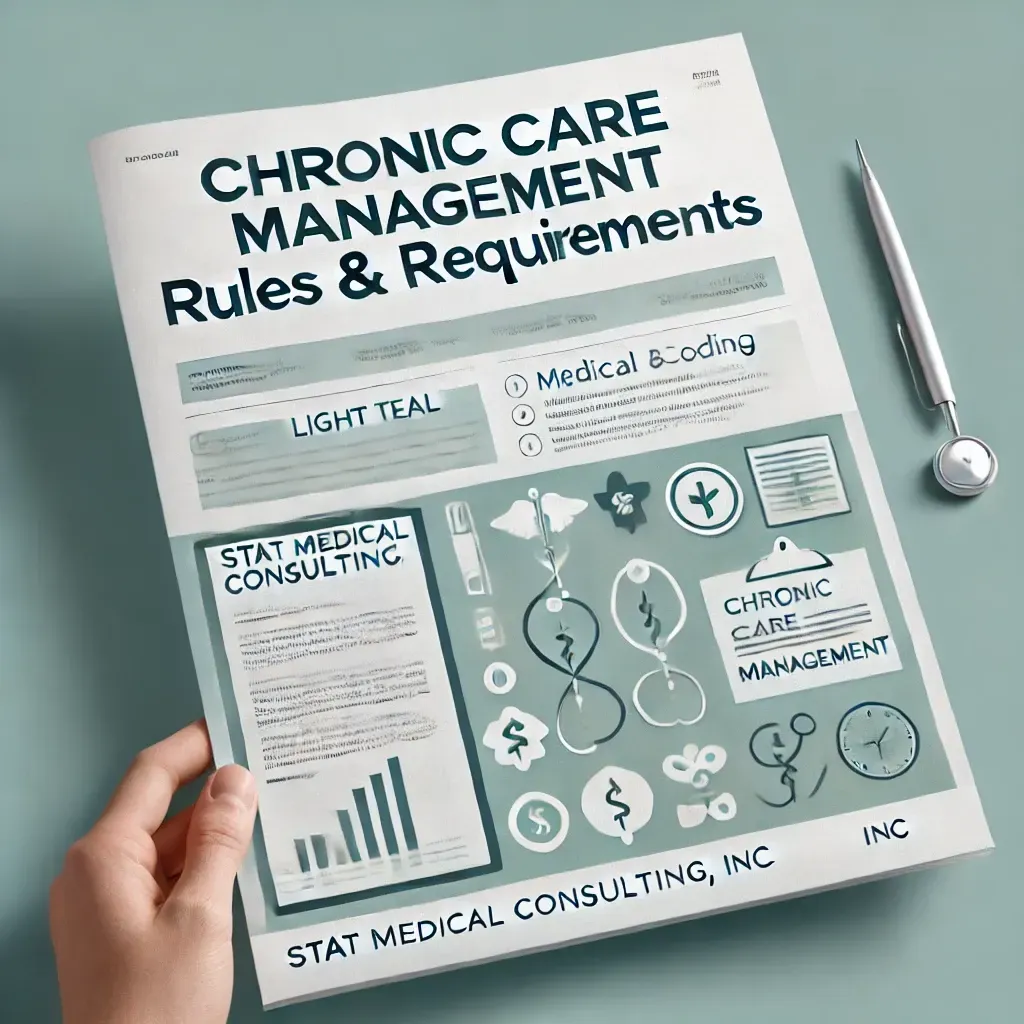

Address:
Stat Medical Consulting, Inc
22801 Ventura Boulevard, Suite 211, Woodland Hills, CA 91364
Email: sharon@statmedical.net
Phone:
818-907-7828

Stat Medical Consulting, Inc


